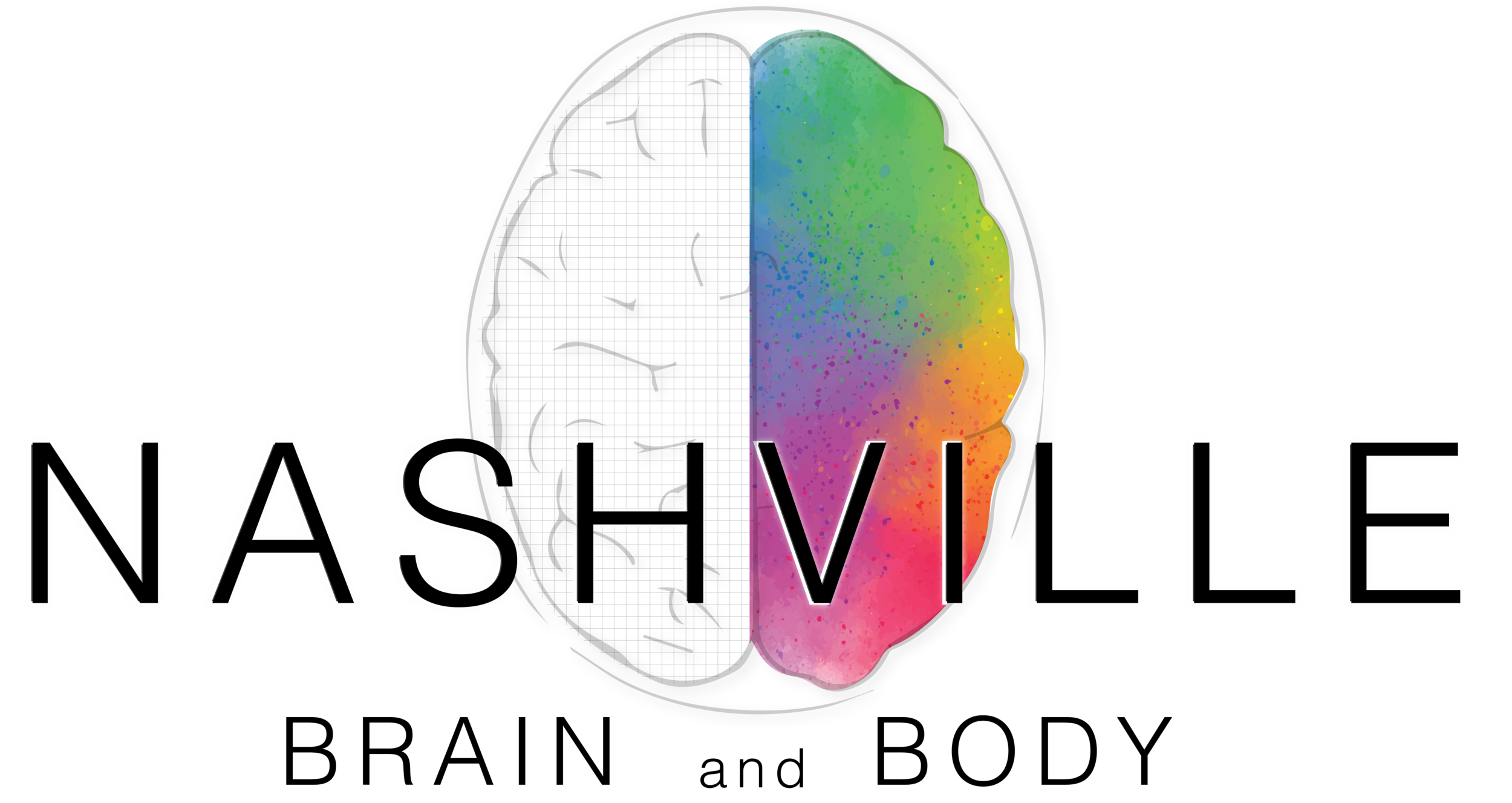Commonly Treated Conditions
Balance Disorders
ADHD I (inattentative), ADHD II (hyperactive), ADHD III (combined)
Learning disabilities (Dyslexia, Dyspraxia, Dysgraphia)
Multiple Sclerosis
Head Trauma
Stroke Rehab
Movement Disorders (Parkinson’s, Tics/Tremors, Chorea, Dystonia, Myoclonus, Ataxia, etc. )
Parasthesias (abnormal sensation)
Numbness/Tingling in various regions
Unspecified neurological issues
Clinical Neuroscience
Clinical Neurology is based on the principles of neuroplasticity. The various parts of your nervous system can be altered to work more efficiently and even regenerate. The goal of a Chiropractic Neurologist is to optimize this remarkable ability.
How does it work? The brain is made up of cells called neurons and they have connections, and the more you activate these connections, the more efficient it becomes. Therefore, when you have cells activated in different patterns then dysfunction often occurs. For instance, someone goes to move their hand and the leg contracts, or they move to quickly and they become dizzy/light headed. This becomes their new pattern. Our job is to break that pattern with the correct stimulation, changing the system back to its previous, healthy state.
With this model in place, we are able to treat a variety of conditions that allow your body to function at its optimal level. This will alleviate many of the problems associated with multiple neurological conditions. This is not meant to treat pathological conditions, such as tumors or vascular issues, but directed towards the restoration and function of the brain and nervous system.
Rehabilitation may include, but is not limited to: Neurological rehab exercises; Balance/coordination retraining; Optokinetics (eye movement retraining); Muscle stimulation/ultrasound; Decompression therapy; Oxygen/rib therapy; Thought provoking/brain exercises.
Consulting a Clinical Neurologist
A Clinical Neurologist will take the time to do a thorough history and perform a detailed neurological exam. Based on these findings, your condition will be explained and a personalized treatment will be recommended. Further testing may be required, utilizing VNG (Videonystagmography), EMG, NCV, EEG, MRI, CT, X-ray or blood panels. Many individuals with little hope left have regained their lives due to Clinical Neurology. There are doctors around the country, but ours is the only practice in Nashville, Tennessee.
Clinical Neurology Rehabilitation This form of rehabilitation is for those conditions which are primarily due to a functional neurological deficit. This treatment is designed to comprehensively address the diagnosis from the root cause, not simply the symptoms. This type of therapy is very specific to address the affected pathways and areas of the central nervous system that are either under-activated or over-activated. A combination of the following forms of rehabilitation may be included in your treatment plan, this will be determined by the doctor.
Optokinetic/Eye Movement Exercises These exercises are very powerful for increasing activation in the area/s of the brain that are not functioning at their highest potential. The specific forms of eye movement exercises for your treatment are based on the findings from your clinical examination and your diagnosis.
Balance and Coordination Therapy This type of therapy utilizes the balance board, or a balance platform which increases activation of the cerebellar structures that control posture, head and eye yoked movements, and core stability. This therapy may be combined with forms of movement exercises such as ball throwing/catching, or complex movements of the extremities, which concomitantly stimulate the cortical regions of the brain that are not functioning optimally.
Complex Movement Exercises This type of therapy requires activation of the motor regions of the brain and is specifically performed on the side which activates the area that is deficient, or dampens the area which is over-activated. They may include copying movements, mirror therapy, throwing/catching a ball, kicking/stopping a ball, pointing/tracing therapy. While these may seem like trivial movements to some, in a brain/body that has a functional deficit they are in fact very powerful forms of rehabilitation, as the specific movements have particular areas of the brain which they target.
Vestibular Rehabilitation This form of functional neurological rehabilitation is specifically designed to target the various parts of the vestibular system (inner ear, cerebellum), which are at the root of conditions affecting balance and coordination. This type of therapy may include balance board and various forms of stability work, complex patterned movements of the extremities, therapeutic spinning, other rotational forms of movement, positional maneuvers and eye exercises.
Developmental Disorder Rehabilitation This form of functional neurological rehabilitation is specifically designed to target the affected areas of the brainstem, cerebellum and cortex which are at the root cause of developmental disorders such as Autism Spectrum Disorders, ADHD, learning disabilities, dyslexia. This treatment may include eye movement exercises, tracing therapy, therapeutic spinning, complex movement exercises, hand-eye coordination exercises, music therapy, light stimulation, balance and coordination work.
This form of functional neurological rehabilitation is specifically designed to target the affected areas of the brainstem, cerebellum and cortex which are at the root cause of developmental disorders such as Autism Spectrum Disorders, ADHD, learning disabilities, dyslexia. This treatment may include eye movement exercises, tracing therapy, therapeutic spinning, complex movement exercises, hand-eye coordination exercises, music therapy, light stimulation, balance and coordination work and Interactive Metronome.

